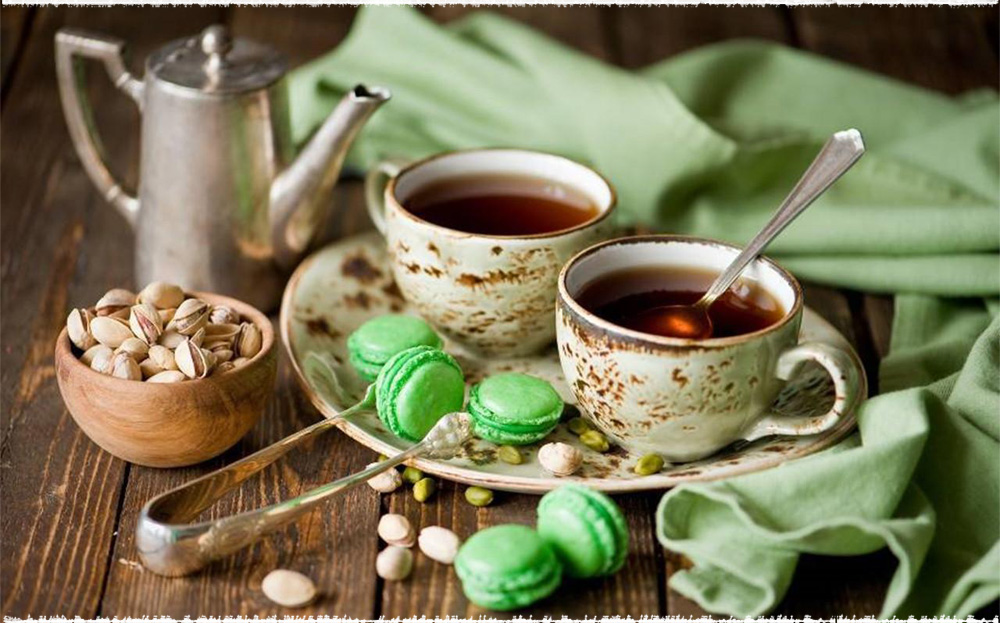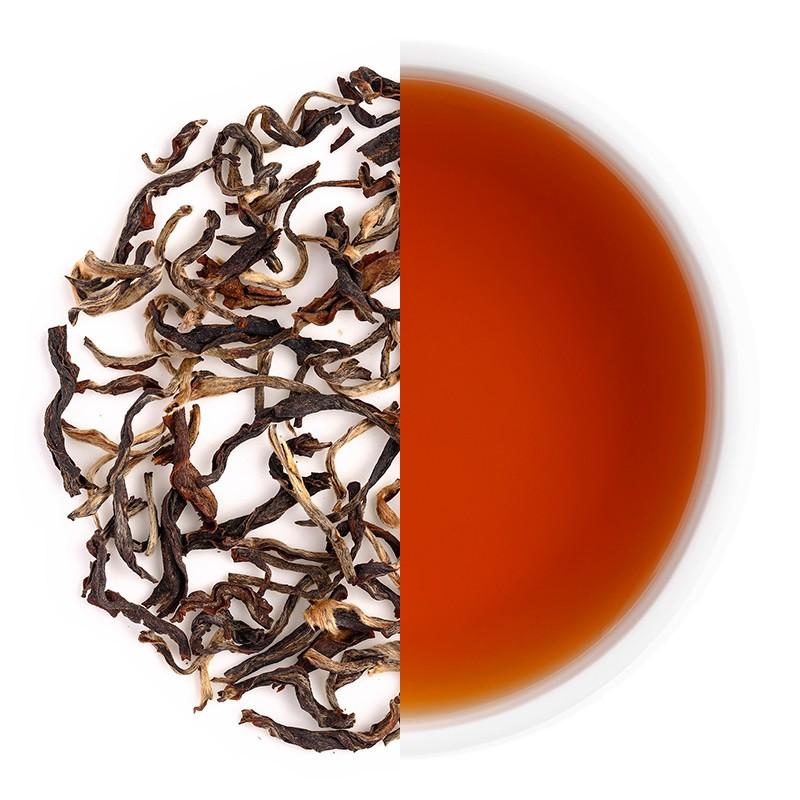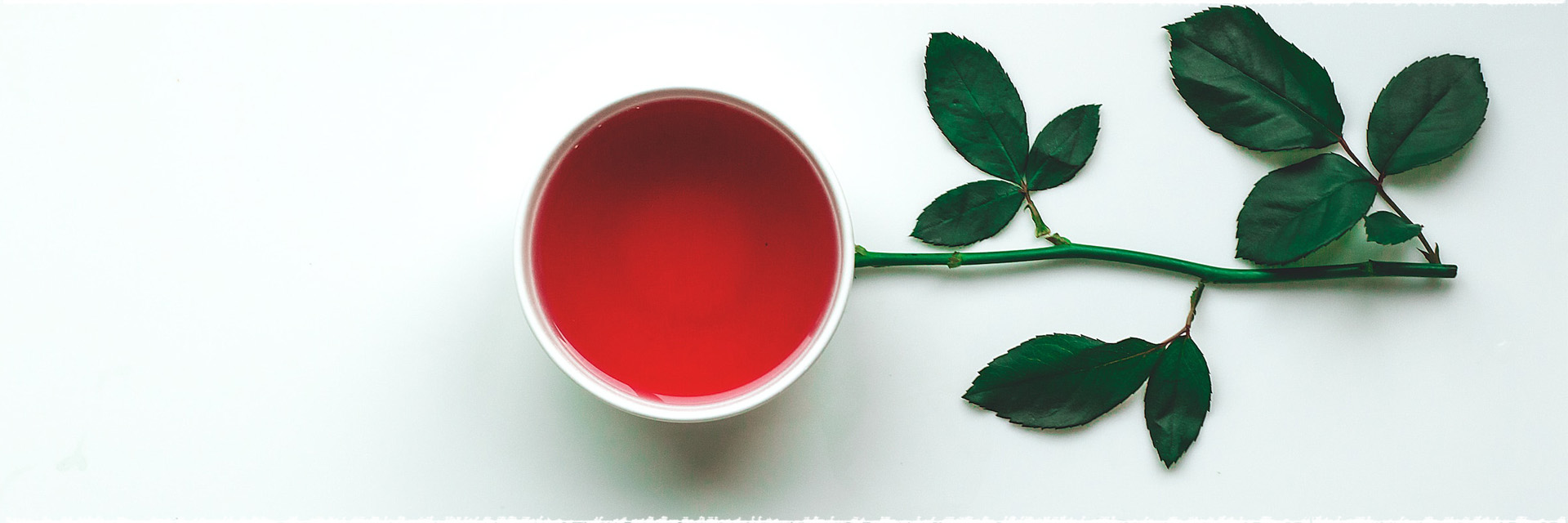Darjeeling black tea is grown in the northeastern region of India and Nepal, surrounded by the pristine foothills of the Himalayas. The terrain is steep, and the area is shrouded in clouds and fog throughout the year, with drastic climate changes. Darjeeling teas’ unique smooth and sweet flavor results from its long-term cultivation using pure water from the Himalayas. When brewed, the tea has a transparent and golden appearance, resembling the color of champagne.
Therefore, Darjeeling black tea is known as “champagne in tea” and has been regarded by the British as “the emperor of black tea”. It is also considered one of the three most fragrant teas in the world, alongside Sri Lankan Ceylon black tea and Chinese Keemun black tea.


Content
- Part 1: Types of Darjeeling Black Tea
- Part 2: Grades of Darjeeling Black Tea
- Part 3: Darjeeling Tea Processing Process
Types of Darjeeling Black Tea
Darjeeling is located on a plateau at an altitude of about 2,300 meters in the northernmost state of West Bengal, India. In the late 19th century, the seeds and seedlings of green tea were imported from Fujian Province, China, and improved into black tea. Affected by the local low temperature and the high mountains with the Himalayas as the background, three distinct flavors of black tea can be harvested each year:
The picking season of March-April, also called “First Flush”, is when the earliest tea leaves are harvested. These young buds produce a tea that has a delicate and sweet taste, with a fresh floral aroma and a golden yellow color. This gentle and subtlety of the tea after the spring season makes it an unforgettable experience, unlike any other Darjeeling black tea.


Picking tea in May-June is known as the “Second Flush,” marking the year’s second harvest. The Asian monsoon winds contribute to the tea’s delicate yet rich flavor and aroma, imbuing it with a unique personality. The tea’s roundness and mellowness are enhanced, and the soup’s hue is bright orange. This season’s Darjeeling black tea is highly regarded and beloved by tea enthusiasts, making it the most highly rated among all the seasonal varieties.


The Darjeeling black tea plucked during the July-August period is known as “Autumnal”. In addition to the well-known summer and spring teas, the autumn-picked Darjeeling tea stands out as a unique option.
Harvested from September to October, following the local rainy season, Darjeeling tea acquires a darker hue and offers a rich, robust flavor, all at a relatively affordable price. This makes it the perfect choice for brewing milk tea during this season.


Grades of Darjeeling Black Tea
Regarding Darjeeling black tea, the rating system is primarily based on appearance rather than taste. The higher the appearance rating, the more intricate and refined the tea is considered to be. It is segmented into grades: Golden, P, BP, BPS, BOP, FTGFOP1, SFTGFOP1, etc.
Darjeeling Tea Processing Process


Withering: Once the tea leaves have been transported to the factory, they are typically placed on wooden boards to dry. The wooden boards usually take 14-18 hours to thoroughly absorb the water from the leaves.
Rolling:The tea leaves that have lost their freshness are rolled by hand to achieve the desired level of cell breakage. This process is crucial to accelerate the fermentation process. Typically, it takes around 20-65 minutes to complete this step.
Sieving: Tea leaves are sieved using a wicker frame to separate rolled and unrolled leaves. This takes approximately 20 minutes.
Fermentation: The sieved tea leaves are sent to a concrete platform to ferment for 4 hours to achieve the desired degree of oxidation.
Drying : Put it in a ventilated place or use an air dryer to dry.
Grading: After the initial sieving, another round of separation is carried out to differentiate the giant leaves from the smaller ones. The grading of Darjeeling tea is based on its size, ranging from large to small. The quality and price of Darjeeling tea are determined by its shape and size. As a general rule, the higher the grade and price, the larger the size of the tea.
Storage and Packaging: Tea leaves undergo a resting period after grading and sieving, during which they are stored in a designated location. Once the resting period is over, the leaves are packaged and sold.
 Exploring the Charms of 2024 Spring Tea Garden with Angel
Exploring the Charms of 2024 Spring Tea Garden with Angel Yingde Black Tea
Yingde Black Tea Matcha vs. Green Tea Powder
Matcha vs. Green Tea Powder
